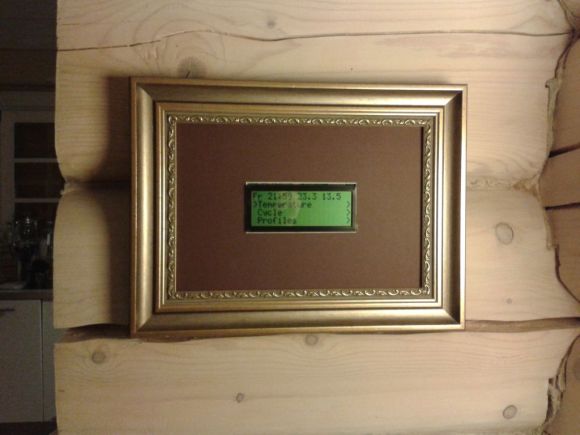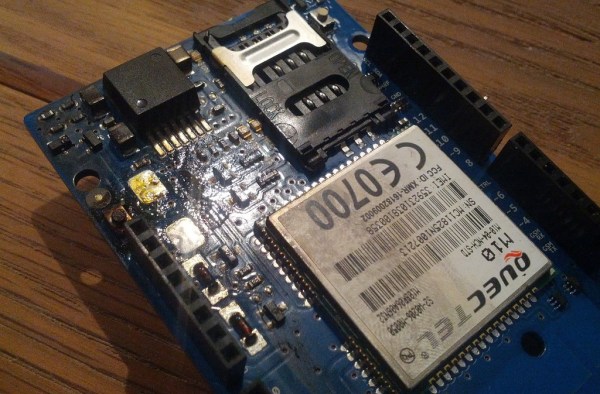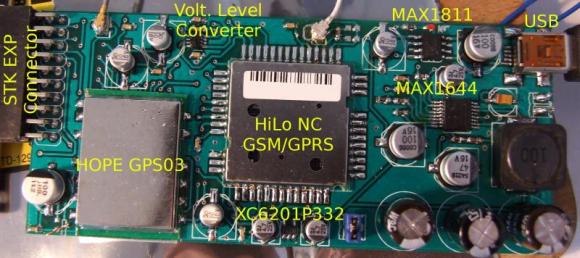 If you’re wondering how to get a better signal on your cellphone, or just want to set up your own private cell network, this one is for you. It’s a GSM base station made with a BeagleBone Black and a not too expensive software defined radio board.
If you’re wondering how to get a better signal on your cellphone, or just want to set up your own private cell network, this one is for you. It’s a GSM base station made with a BeagleBone Black and a not too expensive software defined radio board.
The key component of this build is obviously the software defined radio. [Julian] is using a USRP B200 radio for this project. It’s not cheap, but it is a very nice piece of hardware capable of doing just about anything with GNU Radio. This board is controlled by a BeagleBone Black, a pretty cheap solution that puts the total cost of the hardware somewhere around $750.
The software side of the build is mostly handled by OpenBTS, the open source project for the software part of a cell station. This controls the transceiver, makes calls and SMS, and all the backend stuff every other cell station does. OpenBTS also includes support for Asterisk, the software of choice for PBX and VoIP setups. Running this allows you to make calls and send texts with your SDR-equipped, Internet-enabled BeagleBone Black anywhere on the planet.















